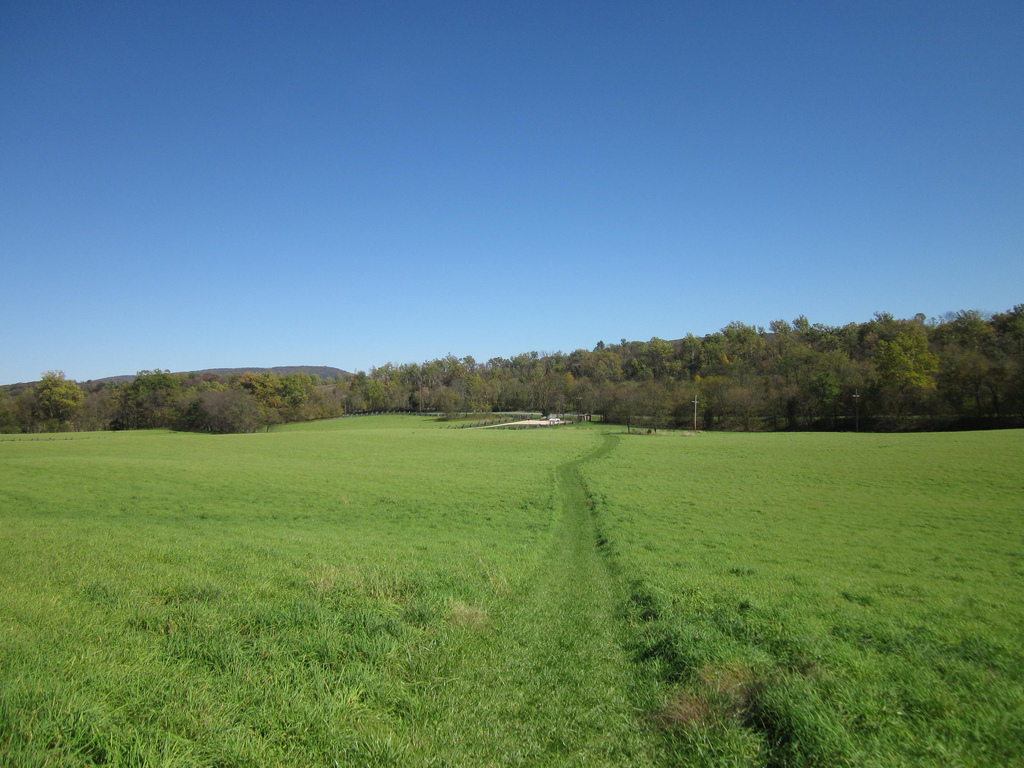Taking Back County Control of Ranson’s Land Grab
What You Need to Know about the Upcoming Ranson De-Annexation Election
In 2008 a law was passed in West Virginia to prevent “pipestem” annexation — the kind of land annexation that Ranson used to get control of the land on which Rockwool is building a large factory and other industrial developers are being recruited to operate.
In response to a citizen petition, the city of Ranson must now hold an election to allow city residents to vote on restoring that pipestem land to county control.
Voting “yes” to return the pipestem land will help:
- Decrease burden on Ranson city services
- Protect our community’s health and environment
- Promote fairness so all affected by the development of that land have a say
Stay Informed About The Pipestem De-Annexation Election
Want to receive our updates and analysis on the Ranson pipestem de-annexation election? Sign up here.
April 2, 2020 Press Release
Click here to download and read the press release about the Ranson De-Annexation Petition
Q&A About The Pipestem De-Annexation Election
Q: What did the Ranson pipestem de-annexation petition do?
A: The petition to return the pipestem land says that the petitioners would like to restore county control of annexed land that Ranson engineered during the brief time these types of annexations were legal. These pipestem annexations of Tackley Mills and Jefferson Orchards are inappropriate and dangerous. The petition will trigger a vote in Ranson in which all registered voters in Ranson can vote. If a simple majority want to restore the land to the county, the land will be governed better.
Q: What will pipestem de-annexation accomplish?
A: If a majority of Ranson votes agree, the pipestem land will be removed from Ranson and be put back under county control. This will allow for better representation through elections at the county level for the needs of all residents that live adjacent to this land. It will provide for better government oversight and integration of this land into the surrounding area. This will reduce the threat of expensive restoration caused by poor environmental practices which could threaten our water supply and bankrupt city government – a cost that could be borne by citizens.
Q: Why is this important to do now?
A: When these areas were originally annexed into Ranson, it was supposed to be for residential and mixed use. Recently the zoning of this land has been changed to allow heavy industry. This use fits less well in the city of Ranson than did the proposed residential areas. The citizens of the county who live adjacent to this land should have more say through elections at the county level in what happens in this area. Also, citizens of Ranson should not have to subsidize services to this annexed area of the city that is far out in the country, such as fire and police services.
Q: Will de-annexation mean my taxes will go up?
A: No, your taxes will not go up. In fact the pipestem land does not currently generate much tax income for the city of Ranson at all. Actually, the tax revenue from annexed areas may well go down before it goes up. As these annexed areas are developed, the city will incur more costs to provide this area with city services. Removing these annexed areas from city control may have a positive effect on the budget of the city.
We estimate that currently only about 0.34% of Ranson’s total revenue comes from these annexed areas, even though these areas now total about 16% of the land of the municipality. The city’s three main sources of tax revenue are:
(1) a 1% sales tax; (2) a B & O tax; and (3) a property tax. These annexed areas are now zoned for industry and will likely have little or no retail sales, thus generating little to no sales tax. These annexed areas will generate little or no B&O tax. This tax is based on sales, and most of the sales transitions for industrial installations will happen outside of Ranson. Most industrial installations seek tax breaks in the form of agreements that lower or eliminate property tax obligations for at least 10 years. Therefore as these annexed areas are developed into industry, it is likely to produce less tax revenue for Ranson before it produces more. Also, many of these companies leave the area once their tax breaks have ended, and when a new company comes in they too want a tax break. However, these annexed areas will still need services like snow removal, pothole restoration, streetlights, and law enforcement. In this way these annexed areas can be a burden on the budget of Ranson rather than a net positive. Therefore removing this land from the city stands to improve the revenue to cost ratio. It is very unlikely to increase taxes in the city and may even allow the town to lower them or prevent future tax increases.
Q: What about the tax revenue from the Casino/Race Track?
A: This tax revenue to the city of Ranson is based on population not land mass. Originally the annexed land was meant to be for houses and as such would have increased the monies that Ranson received from the casino, however, now that it is appears that Ranson intends to recruit industry to the land, it would not increase the share of the casino revenue. Restoring annexed land to the county will not decrease revenues.
Q: When is the election and who can vote?
A: The petition was submitted to the city of Ranson on April 2. The city needs to schedule the election. Once the city of Ranson decides schedules the election, the election must occur no more than 30 days after that decision. Registered voters in the city of Ranson can vote in the election.

